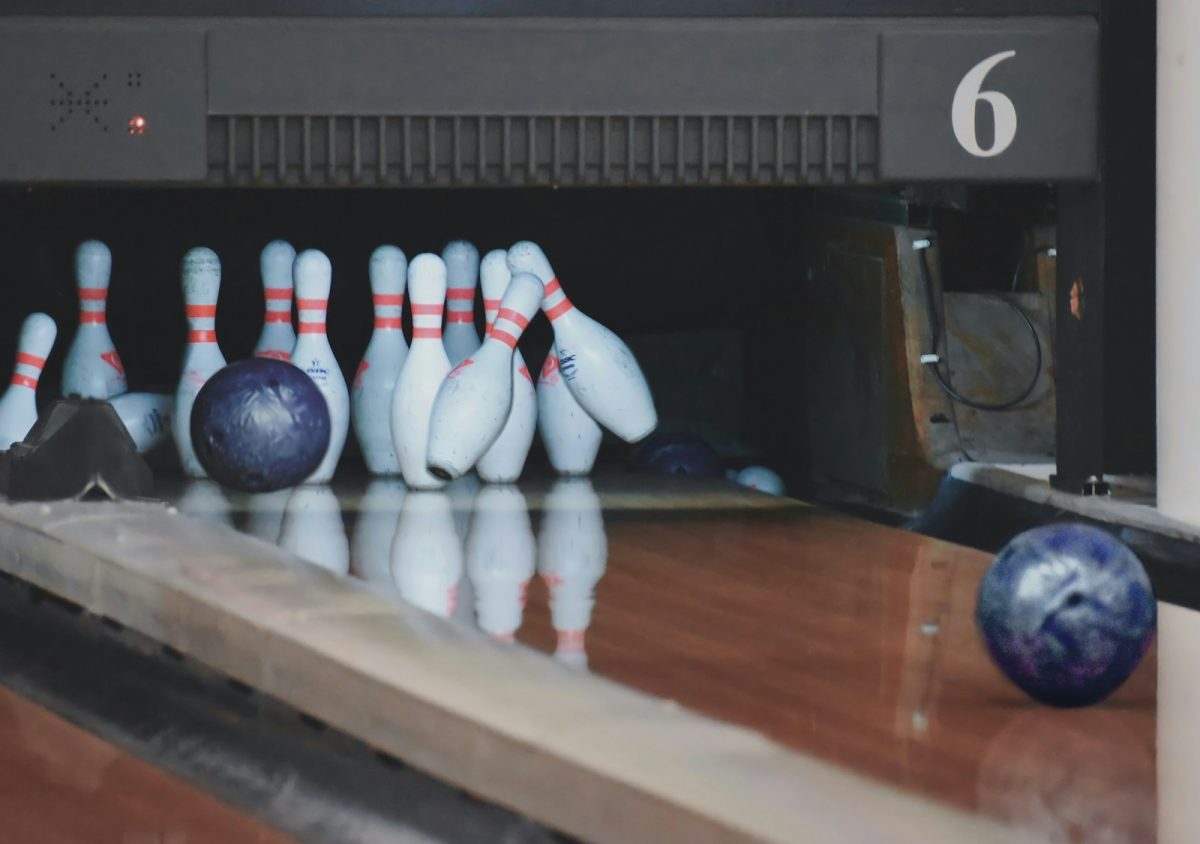Soccer, or football as it is known outside North America, is one of the most popular sports globally. At the heart of this beloved game is the soccer ball. Over the years, the design, materials, and technology used in soccer balls have evolved significantly, reflecting advancements in engineering and a deeper understanding of the sport’s dynamics. This article explores the evolution of the soccer ball, from its rudimentary beginnings to the high-tech spheres used in modern play.
The origins of soccer can be traced back over 2,000 years to ancient civilizations in China, Greece, and Rome, where various forms of kicking a ball were played. However, the modern game of soccer began to take shape in England in the 19th century. Early soccer balls were made from animal bladders, often encased in leather, making them heavy and prone to water absorption, which affected their performance.
The first standardized soccer ball design emerged in the mid-20th century. In 1962, the Fédération Internationale de Football Association (FIFA) established specifications for soccer balls, including size, weight, and shape. This led to the creation of the famous ‘Telstar’ ball, used in the 1970 FIFA World Cup. The Telstar had a distinctive black-and-white pentagon-hexagon pattern designed to be easily visible on black-and-white television screens.
The Telstar was made from 32 leather panels stitched with synthetic thread, improving durability. However, the leather material had downsides, including water absorption and weight inconsistency.
The introduction of synthetic materials in the 1980s marked a significant turning point. Manufacturers began to use polyurethane and PVC, which offered better waterproofing and durability. This transition enhanced the ball’s performance and allowed for more creative designs, leading to the development of various surface textures that improved grip and control.
As technology continued to advance, so did soccer ball design. The 2006 FIFA World Cup showcased the Adidas Teamgeist, a ball that featured a seamless surface made from thermally bonded panels. This innovation reduced the number of seams, minimizing water absorption and improving aerodynamics, leading to more predictable flight patterns. The Teamgeist was a precursor to the high-tech balls of the 21st century.
The soccer ball has entered the age of intelligent technology in recent years. Companies have begun integrating sensors into the ball’s design, enabling real-time data collection on speed, trajectory, and spin. These intelligent balls can provide players and coaches with analytical insights that were previously unavailable, allowing for more informed training and performance strategies.
The 2014 FIFA World Cup featured the Brazuca ball, which incorporated advanced design techniques, including a 6-panel structure that enhanced performance in various weather conditions. The Brazuca was a significant leap forward, showcasing the perfect blend of traditional craftsmanship and modern technology.
As the sports industry faces increasing scrutiny regarding its environmental impact, manufacturers are now focusing on sustainable practices. Developing eco-friendly materials, such as recycled plastics and biodegradable components, is gaining traction. These innovations aim to reduce soccer balls’ ecological footprint without compromising performance.
Looking ahead, 3D printing technology may revolutionize soccer ball production. This technique allows for rapid prototyping and customization, enabling manufacturers to create bespoke balls tailored to individual player preferences. As the technology matures, we can see a future where players can design their soccer balls, optimizing performance based on personal playing styles.
The soccer ball has progressed from its primitive beginnings to a highly engineered sports instrument. Its evolution reflects broader trends in materials science, design innovation, and technology integration. As the sport continues to grow and embrace new technologies, the soccer ball will undoubtedly keep evolving, enhancing the game for players and fans alike. Whether on the pitch or in the lab, the soccer ball’s journey is a testament to human creativity and engineering prowess, ensuring that the beautiful game remains dynamic and exciting for generations to come.
Related Stories
https://ytpsports.com/blog/f/history-of-the-soccer-balls-everything-you-need-to-know
https://advice.decathlon.ca/do-you-know-the-history-of-the-soccer-ball
https://sites.duke.edu/wcwp/2016/04/17/history-of-the-ball/
https://www.nytimes.com/interactive/2014/06/13/sports/worldcup/world-cup-balls.html






